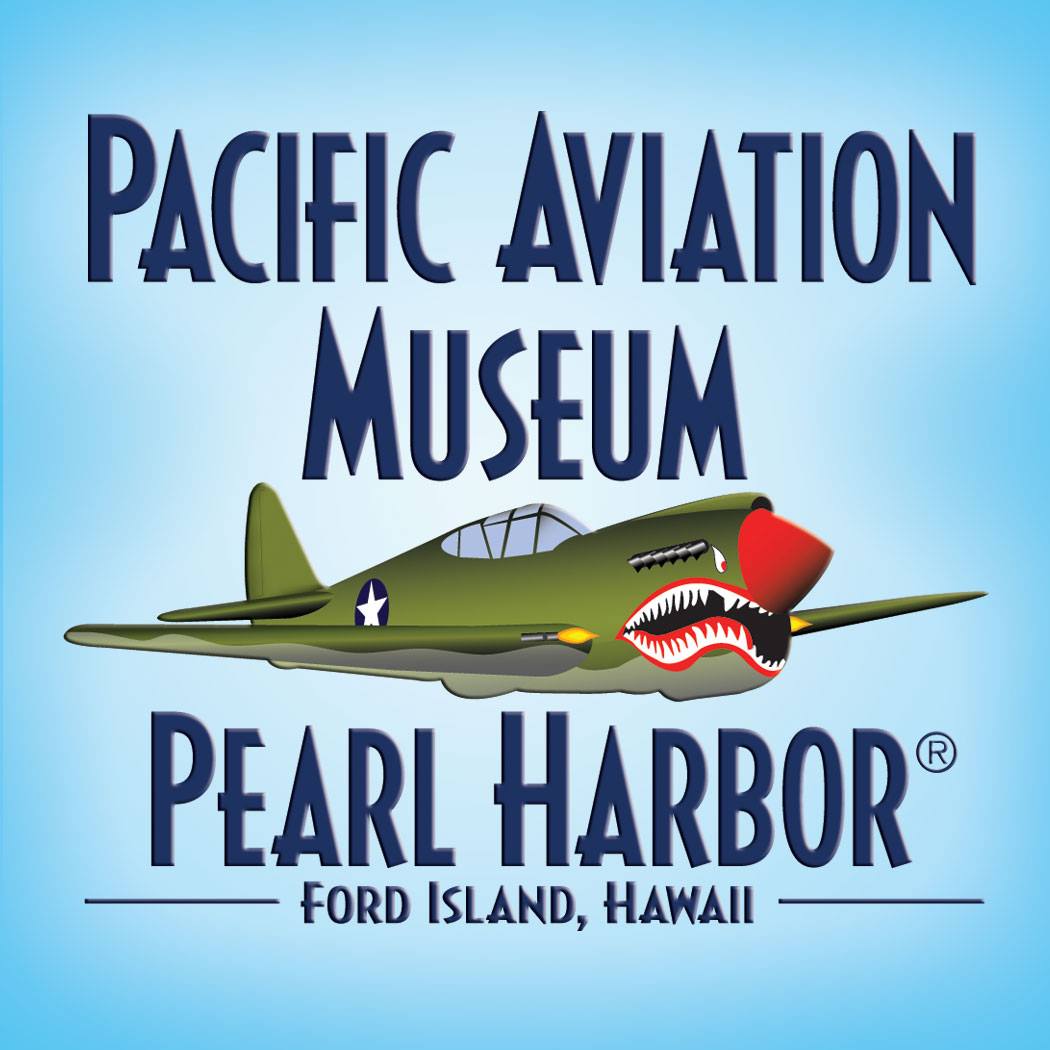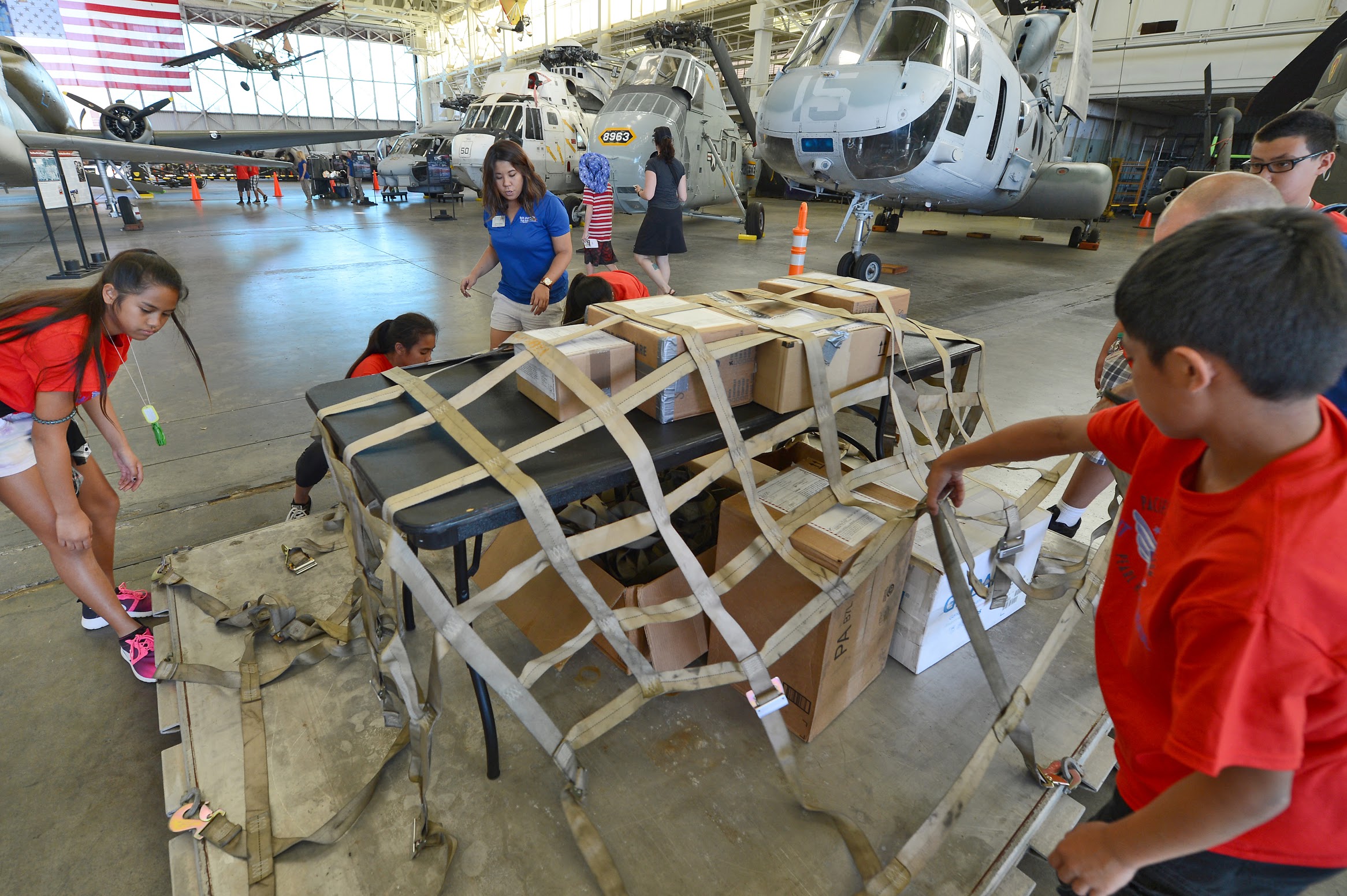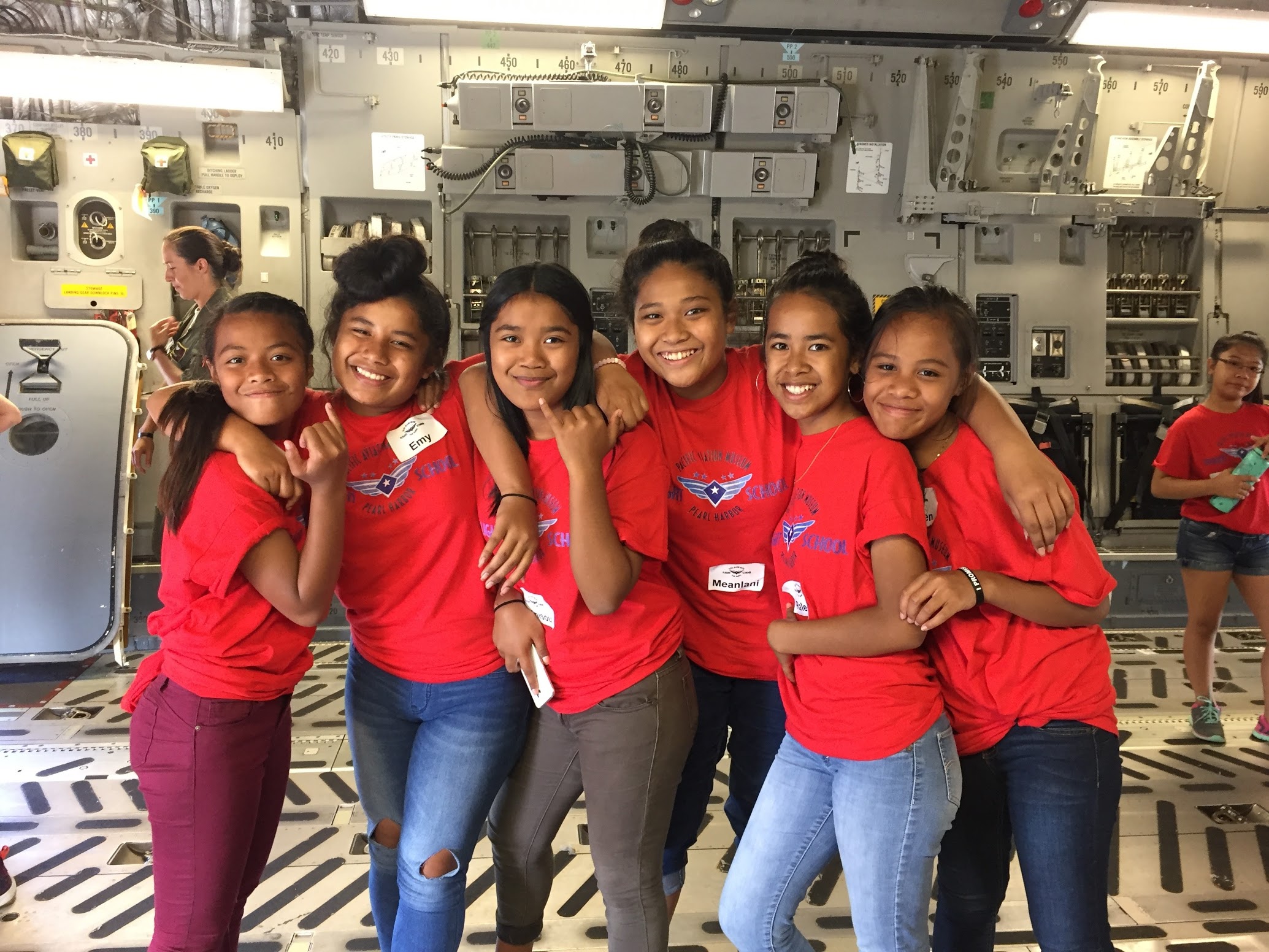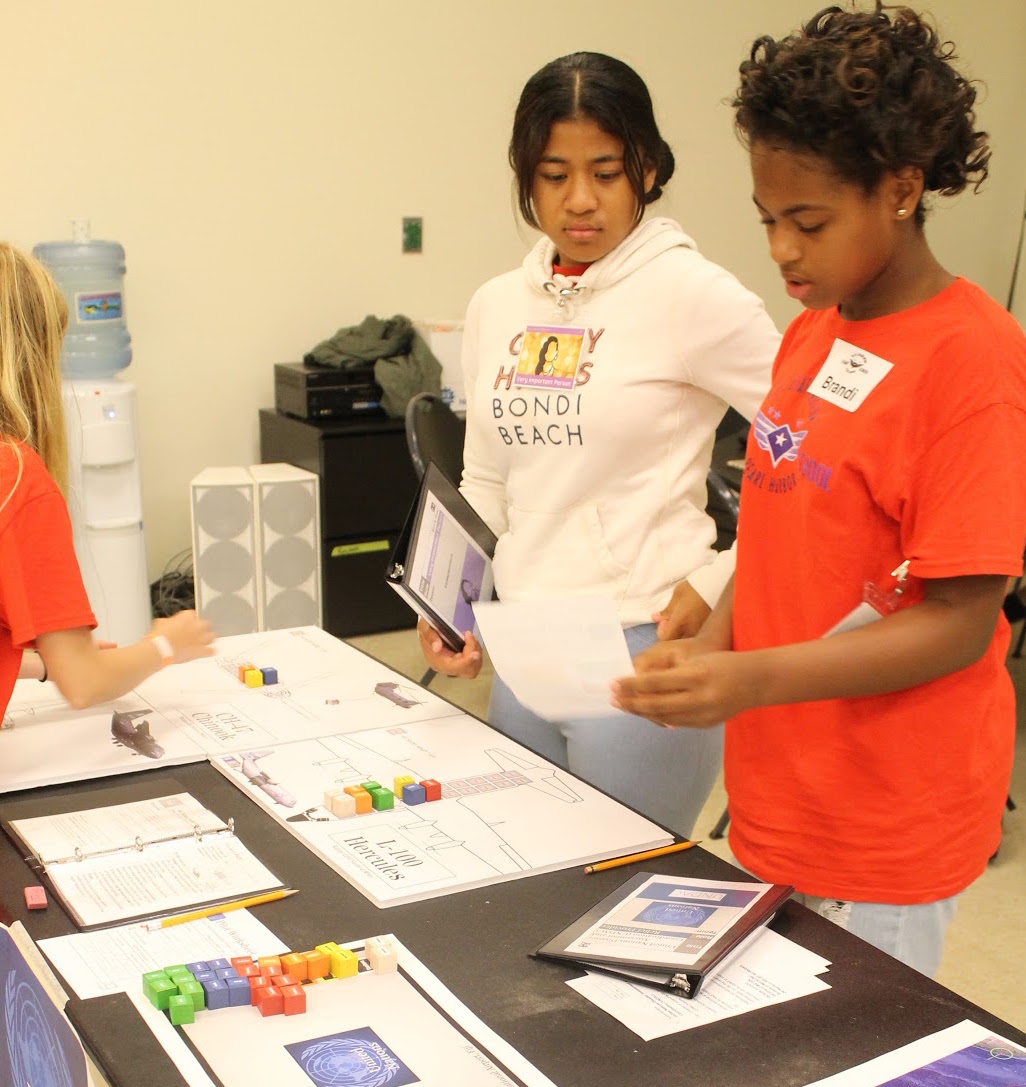Thinking Outside the Box: How an Aviation Museum in the Pacific Strives to Inspire the Next Generation
Categorized as: Education, Girls & women, Grantee, Leadership, Our Partners, Stories, U.S., Youth & Tagged as: Family Engagement, Pacific Aviation Museum on March 10, 2018. Related Grantee: Pearl Harbor Aviation Museum.

Pacific Aviation Museum Pearl Harbor
 Alex Skees, Skees Family Member
Alex Skees, Skees Family Member
Let me first introduce myself – my name is Alex (Ali) Skees, I am 29 and one of the oldest of the 3rd generation of the Skees tribe. While I haven’t been on the frontlines of any of our foundation work as a board member, I did design our logos. I currently live in Honolulu, Hawaii and work in Education at Pacific Aviation Museum Pearl Harbor.
When I found out about the new generational grant program, I immediately nominated our museum – specifically, the Education Department. Working here, I knew firsthand how the generational grant funds could impact our departmental goals. We aim to reach local students from underserved communities across the Hawaiian islands, particularly hoping to encourage young women to get excited about STEM (science, technology, engineering and math), fields in which women are typically underrepresented.
We have too many programs to cover here, so I want to focus on a few of my favorites. Those include Discover Pear Harbor, Flight School for Girls, and The Decision Center.
Discover Pearl Harbor
Discover Pearl Harbor is a 3-day, 2-night program for middle and high school groups that brings history to life and teaches the importance of aviation in today’s global community. Students spend two nights on the USS Missouri, the battleship that was the site of the Japanese surrender in 1945 and now sits in Pearl Harbor.
 A Discover Pearl Harbor activity
A Discover Pearl Harbor activity
Students participate in a number of activities, including an Amazing Race challenge where they discover hidden facts about our historic site, and conduct an aircraft investigation on our WWII B-17 bomber. This program is frequently attended by student groups from underserved communities on the outer islands. Grants provide funding for air travel and other expenses to help keep the costs minimal or free for the participants. Often, this is the students’ first time away from their home-island and their first time on an airplane. We get great responses from students and teachers alike, with many students asking about opportunities to return before they’ve even left!
Flight School for Girls
The Director of Education, Shauna Tonkin, started Flight School for Girls when she was hired in 2012. Flight School teaches students about the forces of flight, cargo loading, navigation, flight planning and concludes with a career session in which girls get to talk one-on-one with female aviation professionals.
 Students from one of the Flight School for Girls sessions
Students from one of the Flight School for Girls sessions
The program was initially created as a way of getting young women engaged with STEM fields and it is still going strong. Women only make up 29% of the engineering and science workforce. Flight School for Girls gives young women an environment to explore STEM concepts and careers without barriers that can arise with combined gender groups. And while we don’t expect all of the girls who complete Flight School and earn their wings to become pilots, we’ve had several who have credited our program with inspiring their future choices.
The Decision Center
The Decision Center is an interactive education simulation that puts students into a fictional disaster relief scenario. They are assigned roles of relief provider, pilot, or local authority and they must collaborate to provide aid to affected island nations in the Pacific. Although roles and responsibilities are prescribed, there is no predetermined outcome – it is based entirely on how the students interpret the game. This allows them to practice critical thinking, decision-making, collaboration, and communication within a complex, realistic context and to realize the important role that aviation plays outside of military and commercial fields.
 Girls working together on a simulation
Girls working together on a simulation
The Decision Center has been immensely popular from the start. We finish each session with a debrief and students always have a great time, giving consistently positive feedback. Recently, we had a school group from New Zealand visit and they really took to the game, with students getting very enthusiastic about their individual roles and becoming passionate about providing as much aid as possible. At the end of the day, the students performed a song and a haka – a traditional New Zealand Māori war dance that today represents a symbol of community and strength. It is considered a big honor to have a haka performed for you, so it was quite an impactful moment.
In addition to these programs, we’ve started teacher training programs, both on our own and in partnership with the US Naval Academy STEM center. We believe that one of the most vital steps to promoting STEM education is training the teachers how to best utilize these concepts in their classrooms, both with their own resources and with resources that the museum can provide.
While our museum may not seem like the most obvious fit for the Skees Family Foundation, if you dig a little deeper into the programs that we offer, you’ll find that we are doing a lot of “out-of-the-box” work with underserved communities that offers a pathway to alleviating poverty. I’m so glad that the 3G’s agreed to fund us and I know that Pacific Aviation Museum Pearl Harbor will be putting the grant to good use.
Photos and videos were provided by the Pacific Aviation Museum.
LEARN more about the Pacific Aviation Museum’s Education Department here.
SHARE this story with your networks; see menus at top of page and below this list.
DONATE directly to the Pacific Aviation Museum’s Education Department here.
SUBSCRIBE! Like what you see? Click here to subscribe to Seeds of Hope!
